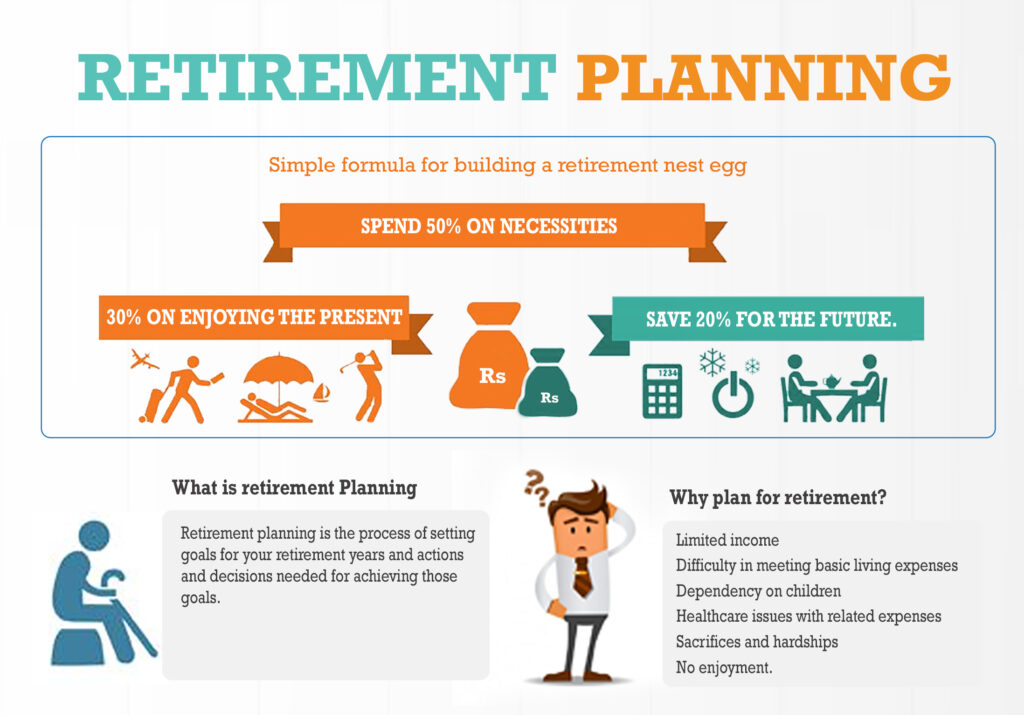Regarding your retirement from your company, the right decisions can mean the difference between comfort and stress. A well-conceived financial strategy helps you understand your retirement cash flow, determine your acceptable risk and grow your retirement assets.
Defined Benefit Pensions
Unlike defined contribution plans, which offer the possibility of some future payouts but are dependent on employee contributions and the performance of their underlying investments, defined benefit pensions guarantee employees a set amount of income upon retirement. Defined benefit plan assets are typically invested in equities or bonds. Considering Boeing retirement plans, it’s important to remember that it’s a long-term commitment. Getting caught up in the day-to-day financial demands of life can make it easy to neglect the needs of your future. When planning your budget, consider adding up potential income sources for your retirement, such as Social Security benefits, an employer-sponsored retirement plan, and your savings. Using your current budget as a jumping-off point, add anticipated retirement totals to see how they compare with the lifestyle you hope to enjoy. If the gap is significant, it may be worth increasing your savings or exploring ways to supplement your income in retirement.
Defined Contribution Plans
Employees participating in defined contribution plans have some control over how much money they will receive at retirement. These plans often allow employees to select from several predetermined mutual funds or investment options. Some employers will also make a matching contribution to the employee’s contributions. Boeing offers its non-union employees a 75% employer match on the first 8% of their base salary contributions to their 401(k) accounts. This allows employees to lower their taxable income while working and save up to $66,000 (or $73,500 for those 50 and over) before paying any taxes on the withdrawals from these accounts in retirement. In addition, many of the investments available in these plans are low-cost index funds and actively managed funds. This allows employees to explore investment allocations that align with their tolerance and capacity for risk if desired.
Defined Benefit Annuities
In defined benefit plans, a retiree’s benefits are predetermined by the plan’s formula. They may receive an annuity payment in a lump sum or as a series of installment payments. You forfeit much of your accumulated pension value when you leave the company. Your retirement income is tied directly to your length of service with the company and will not benefit from investments or stock market gains. For married participants, the company will pay a survivor annuity to your spouse unless you waive this option. Single-life annuities tend to offer the highest monthly payments, but they will stop when you die. Consider a multi-life or period-certain annuity if you want to continue your payments. It is essential to carefully consider your annuity placement options and the impact on your pension’s actuarial costs, funded status, and future contributions. This will help you to make wise decisions for your circumstances.
Lump-Sum Payment Options
When retirees choose lump-sum payment options, they receive one-time payments equivalent to the present value of their future pension payments. This allows them to spend or invest the money in a way that best meets their financial goals. But it’s important to consider tax and investment implications and the potential longevity risk associated with a lump sum payment. Calculating a lump-sum pension payout involves factors such as your age and mortality, plus the Internal Revenue Service’s segment rates to discount your future pension checks to account for the time value of money. The higher the interest rate, the smaller your lump-sum payment will be. For many, the choice between a lump-sum payment and an annuity is more clear-cut than it may seem. For example, annuities may be more beneficial than lump-sum payments if you have a family history of living a long life. In addition, you want to avoid the hassle of managing your investments and payments in retirement.
